The Tour de France 2012, the world’s premier cycling event kicked off last Saturday with the Prologue in Liège, Belgium and will conclude on July 22 with the traditional ride into Paris and laps up and down the Champs-Élysées. Over the next 22 days the race will take its course briefly along the Northwestern coast of France through Boulogne-sur-Mer, Abbeville and into Rouen then into the mountains of the Jura, Swiss Alps and the Pyrenees.
We will be Live Blogging Le Tour 2012 every morning at The Stars Hollow Gazette starting at 7:30 AM EDT. Come join us for a morning chat, cheer the riders and watch some of the most beautiful and historic countryside in Europe.
Stage 8 – Belfort – Porrentruy 157.5 km
Stage 8 went into the mountains of the Jura, starting in the French village of Belfort over seven mountains, the last, the Col de la Croix, a category 1 with an 800 meter 17% climb at the top. From the summit. it was a downhill race to the finish in Porrentruy, the Jurassic Park of Switzerland.
Belfort
• Stage town on 29 previous occasions
• 51,500 inhabitants
• Head of the Territoire de Belfort
The renowned Lion of Belfort, sculpted by Bartholdi, has seen many champions pass by in the long history of the city, which was the next stage after Metz on the Tour’s route in 1907. A very regular stage of the Tour in the years before the war, the city has often served more often as a stage start than a finish, although Marc Demeyer, the official trailblazer of Freddy Maertens, seized the opportunity in turn to excel there, in 1978. The next day, Bernard Hinault, won the time-trial which allowed him to oust Zoetemelk from the top of the general classification and to wear the Yellow Jersey on the Tour de France for the first time.
Belfort is a city in north-east France in the Franche-Comté région, situated between Lyon and Strasbourg. The residents of the city are called ”Belfortains”. It is located on the Savoureuse, on the strategically important natural route between the Rhine and the Rhône – the Belfort Gap (Trouée de Belfort) or Burgundian Gate (Porte de Bourgogne).
 Belfort is the home of the Lion of Belfort, a sculpture by Frédéric Bartholdi expressing people’s resistance against the siege in the Franco-Prussian War (1870) – who shortly afterwards built the Statue of Liberty in New York.
Belfort is the home of the Lion of Belfort, a sculpture by Frédéric Bartholdi expressing people’s resistance against the siege in the Franco-Prussian War (1870) – who shortly afterwards built the Statue of Liberty in New York.
History
Belfort’s strategic location, in a natural gap between the Vosges and the Jura, on a route linking the Rhine and the Rhône, has attracted human settlement and made it a target for armies.
The site of Belfort was inhabited in Gallo-Roman times and was subsequently recorded in the 13th century as a possession of the counts of Montbéliard, who granted it a charter in 1307.
Previously an Austrian possession, Belfort was transferred to France by the Treaty of Westphalia (1648), that ended the Thirty Years’ War. The town’s fortifications were extended and developed by the military architect Vauban for Louis XIV.
Until 1871, Belfort was part of the département of Haut-Rhin, in Alsace. The Siege of Belfort, between 3 November 1870 and 18 February 1871, was successfully resisted until the garrison was ordered to surrender 21 days after the armistice between France and Prussia. Because this part of Alsace was French speaking, while the rest of Alsace was German speaking, the area around Belfort was not annexed by the Prussians. It formed, as it still does, the Territoire de Belfort. The siege is commemorated by a huge statue, the Lion of Belfort, by Frédéric Bartholdi.
The town was bombarded by the German army during World War I and occupied by it during World War II. In November 1944 the retreating German army held the French First Army before the town until French Commandos made a successful night attack on the Salbert Fort. Belfort was liberated on 22 November 1944.
Porrentruy
• Stage town for the first time
• 6,700 inhabitants
• Cantonal commune of Jura (Switzerland)
The Franco-Swiss stages sometimes carry a lot of weight in the race’s scenario when the Tour goes there. This was the case for example, in 2009 in Verbier, when Alberto Contador dealt a decisive blow to his rivals; or going back a bit further to Crans-Montana, the resort where Laurent Fignon maintained his advantage over Bernard Hinault in 1984. As it so happened, several weeks earlier, the title holder had won a stage in Porrentruy, where the Tour de Romandie goes regularly. More recently a prologue won by Italy’s Marco Pinotti was organised there in 2010, whereas the finish of the last straight stage in 2006 favoured America’s Chris Horner.
Porrentruy is a Swiss municipality and seat of the district of the same name located in the canton of Jura.
History
 The first trace of human presence in Porrentruy is a mesolithic tool that was found in the back yard of the Hôtel-Dieu. Scattered, individual objects have also been found from the neolithic, the late Bronze Age and the Iron Age. The first known settlement in what became Porrentruy goes back to the Roman era. In 1983, the ruins of a Gallo-Roman temple were discovered in the cemetery on the north of town, and Roman coins were found there. Near the town, a kilometer long (0.6 mile) section of the Augst-Epomanduodurum (now Mandeure) Roman road was discovered.
The first trace of human presence in Porrentruy is a mesolithic tool that was found in the back yard of the Hôtel-Dieu. Scattered, individual objects have also been found from the neolithic, the late Bronze Age and the Iron Age. The first known settlement in what became Porrentruy goes back to the Roman era. In 1983, the ruins of a Gallo-Roman temple were discovered in the cemetery on the north of town, and Roman coins were found there. Near the town, a kilometer long (0.6 mile) section of the Augst-Epomanduodurum (now Mandeure) Roman road was discovered.
In the back yard of the Hôtel-Dieu the charred remains of a building from the 10th or 11th century were discovered. However, the first historical mention of the name occurs in 1136 as Purrentru. The name presumably comes from the Latin pons Ragentrudis (Ragentrud bridge). Ragentrud was the wife of the Frankish King Dagobert I. The German form of the name, Pruntrut may have a separate etymology from Bruntrutum, which means an abundant spring.
The first settlement was established in 1140 in the vicinity of Church of Saint-Germain, which was built in the Early Middle Ages. The Counts of Pfirt, who owned the region around Porrentruy, built a castle on a defensible hill and made it the capital of the Ajoie territory. A settlement (now known as the Faubourg de France) was founded at the foot of the castle, with another south on the opposite hill. The city wall was probably built before 1283 and surrounded the two settlements, but not the parish church of Saint-Germain.
In 1236 the Counts of Pfirt pledged the town to the Counts of Montbeliard, however, they retained their rights to the Ajoie until 1281 when they sold the territory to the Bishop of Basel. The Counts of Montbéliard refused to hand over Porrentruy, which led Bishop Henry of Isny to request support from King Rudolph I of Habsburg. After six weeks under siege, the Count relented and handed it over to the Bishop. On 20 April 1283, the The king asked the Bishop of Basel to grant Porrentruy a town charter and make it a free Imperial city. While the Counts of Montbéliard retained some power in the town, their influence waned during the 13th century. [..]
The first parish church of Saint-Germain was replaced in the 13th century by a new building, which underwent several renovations. The Church of Saint-Pierre was completed in 1349 and became the parish church in 1475. The cathedral chapter was established in 1377. Several religious orders were active in the city, including the Jesuits who built their college in 1591. In addition to the Jesuits other orders included the Ursulines (1619), the Sisters of the Annonciade (permanently established in 1646) and the Capuchins (1663).
The first uprising against the Bishop’s power was under the Comité de la Commune de Porrentruy on 20 August 1790, but they were unable to expel the Bishop. However, on 27 April 1792, French Revolutionary troops invaded the city and drove the Bishop out. Porrentruy became the capital of a dependent republic, which was then incorporated into France in 1793 as the Département du Mont Terrible. In 1800, this department was incorporated into the Département du Haut-Rhin as a sub-département. During the War of the Sixth Coalition against Napoleon, Allied troops entered Porrentruy on 24 December 1813. Following their liberation, the future of this former episcopal seat was uncertain. The government divided into two parties, the Episcopal party that sought the return of the prince bishop as the head of a Swiss canton, while the French party wanted to retain the current secular government. However, soon after the fall of Napoleon, the municipality was given to the Canton of Bern (in 1815) to compensate for the loss of the Canton of Vaud, which had become a separate canton in 1803.
Both factions, the religious and the secular, retained power in the town in the following years. The political life in 19th century was characterized by the severe conflict between Liberal-Radicals and the Catholic Conservatives. The secular side gained power in 1860, when the mayor, Joseph Trouillat, was forced out of office. The Radicals retained the mayor’s office and a majority of the town council from 1860 until 1972.
Click on images to enlarge
The stage departed from the main artery of the city, les Allées Etigny. This avenue, characterized by its row of architecturally varied buildings is opposite the Thermal Springs for which the city has been known since Roman times. Busiest station of the Haute-Garonne and the Midi-Pyrénées, Bagnères-de-Luchon, that joined the European Association of Spa Towns in 2011, originally specialised in the treatment of respiratory tracts and rheumatology. It added lombago, fibromyalgia and cures for smoking cessation. Its vaporarium, huge natural steam room, is unique in Europe. It consists of a network of galleries built underground in the late 60s and renovated in 2010. From the depths of the mountain, the water filters through the rock walls giving out a soft vapour whose heat varies between 38 and 40 degrees. In addition to their therapeutic properties, the sources have geothermal potential which, in the near future, will be used to heat the spa facility and supply a heating network.
At the heart of the Pyrenees, Peyragudes is a mountain resort that offers 60 kilometres of ski pistes in the winter and a variety of mountain activities in summer. Created in 1988 following the merger of two ski resorts, the resort of Agudes and the resort of Peyresourde, Peyragudes straddles two departments, the Haute-Garonne on the Agudes side and the Hautes-Pyrenees on the Peyresourde side. In summer, many mountain activities are available such as paragliding, hiking, mountain scooters, mountain climbing and fishing while many cyclists frequent the resort to climb the surrounding legendary mountain passes like the Col de Peyresourde or the Aspin. In winter, Peyragudes is a modern ski resort with more than 1500 hectares with magnificent scenery on the highest peaks in the Pyrenees. The resort also offers many after-ski activities: discover the world of the piste-basher, have an introduction to driving sled dogs, try nights in an igloo but also relax at Balnéa, the natural spring spa located fifteen minutes away on the banks of Lake Genos-Loudenvielle.

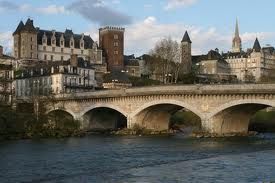
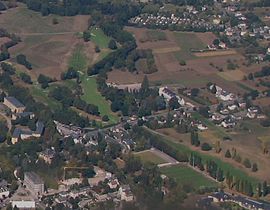
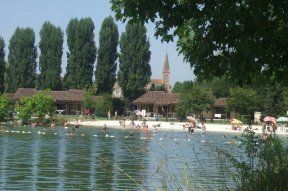

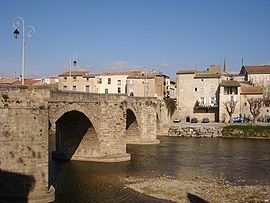
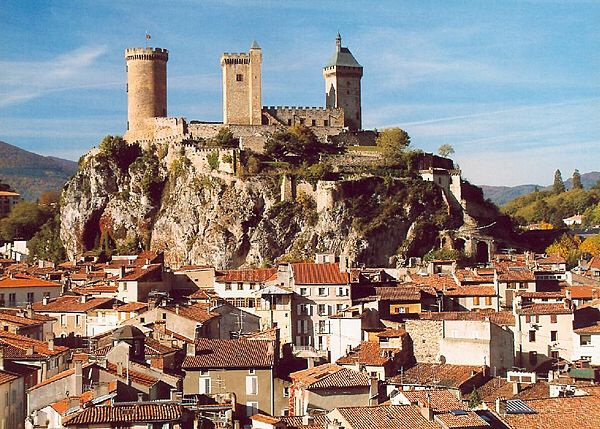

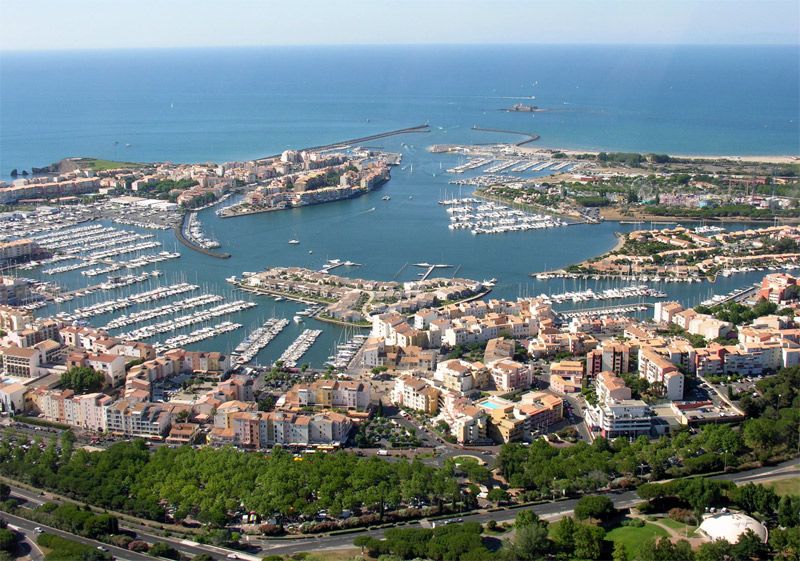
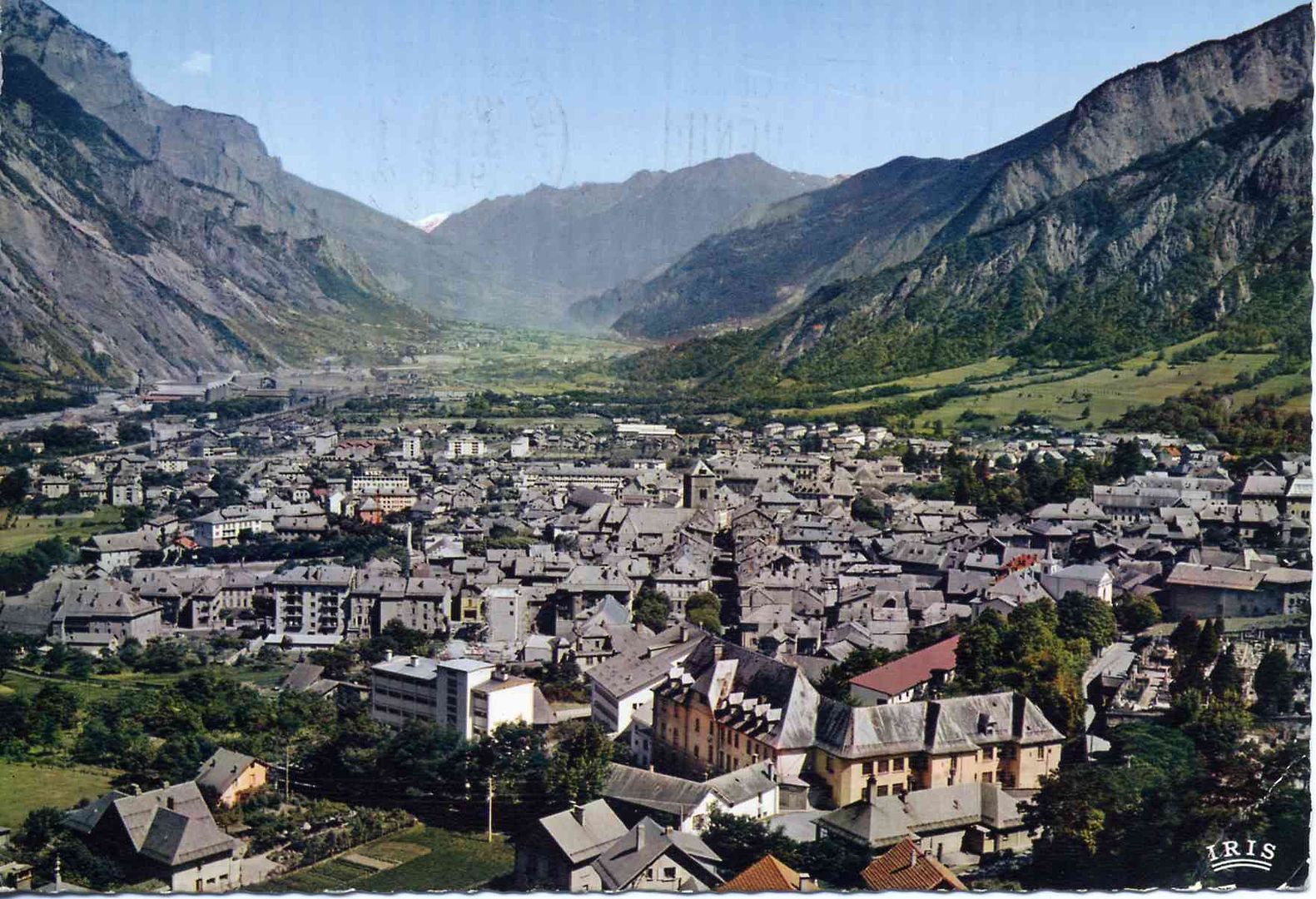


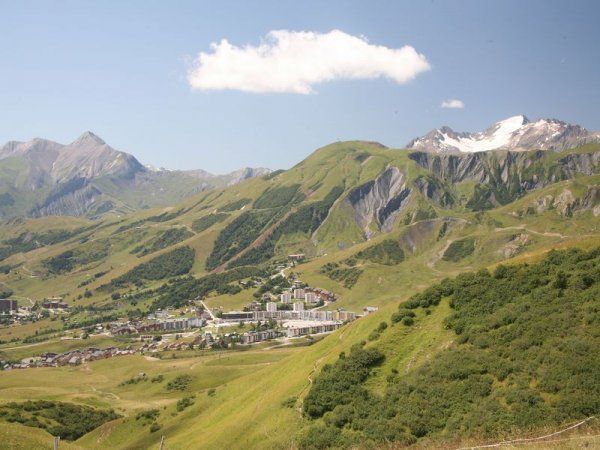



 The prefecture city of Doubs was already on the 1905 Tour map, which makes it the oldest city associated with the race, after Paris, on the 2012 route. The first finish in Besançon is one of the race’s historical stages as the riders, who had set off from Nancy, went over the Ballon of Alsace, a difficulty which symbolized the future ascents in the mountains, for the first time. In 2009, Russia’s Sergei Ivanov was the winner there, by shaking off the other breakaway riders not long before the citadel came into sight. And on the subject of time-trials, Lance Armstrong won the last one organised in Besançon in 2004.
The prefecture city of Doubs was already on the 1905 Tour map, which makes it the oldest city associated with the race, after Paris, on the 2012 route. The first finish in Besançon is one of the race’s historical stages as the riders, who had set off from Nancy, went over the Ballon of Alsace, a difficulty which symbolized the future ascents in the mountains, for the first time. In 2009, Russia’s Sergei Ivanov was the winner there, by shaking off the other breakaway riders not long before the citadel came into sight. And on the subject of time-trials, Lance Armstrong won the last one organised in Besançon in 2004.

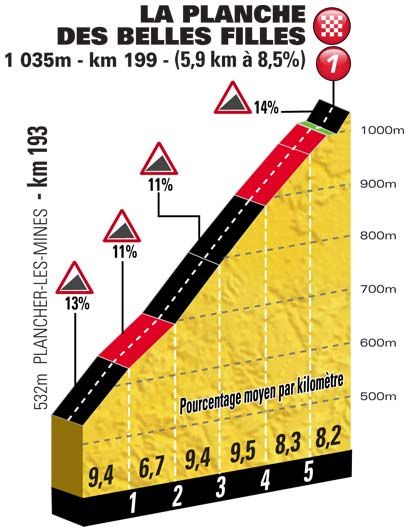
 A new town on the Tour de France’s map, Tomblaine is situated in the sphere of influence of Nancy, where the peloton has been going since 1905. Fausto Coppi, Louison Bobet and Bernard Hinaul have been winners there, but the memory which is the freshest in our minds is that of Christophe Mengin’s bitter disappointment in the 2005 Tour. The stage’s regional rider had every opportunity to win, by joining the breakaway of the day, and then leaving his fellow riders behind him in the final stretch. The several second’s lead that he still had after the red pennant should have been enough, but he was caught out by the rain and the rider from Lorraine finished his route by crashing into the barriers on the edge of the last bend. Italy’s Lorenzo Bernucci took advantage of his bad luck.
A new town on the Tour de France’s map, Tomblaine is situated in the sphere of influence of Nancy, where the peloton has been going since 1905. Fausto Coppi, Louison Bobet and Bernard Hinaul have been winners there, but the memory which is the freshest in our minds is that of Christophe Mengin’s bitter disappointment in the 2005 Tour. The stage’s regional rider had every opportunity to win, by joining the breakaway of the day, and then leaving his fellow riders behind him in the final stretch. The several second’s lead that he still had after the red pennant should have been enough, but he was caught out by the rain and the rider from Lorraine finished his route by crashing into the barriers on the edge of the last bend. Italy’s Lorenzo Bernucci took advantage of his bad luck. The only ski resort in the department of Haute-Saône and the last summit of the Vosges, La Planche des Belles Filles (English: Board of the pretty girls) is going to make a promising entrance among the Tour de France’s finish sites. Although the final slope seems to be reserved for the strongest climbers, this place takes its name from a collective and hopeless flight of the women of the valley, who wanted to escape from a massacre declared by the Vikings during their conquest in the 15 th century. The station’s name, according to legend, dates to 1635 when a Swedish soldier engraved an epitaph to some local girls who drowned whilst fleeing him and his men.
The only ski resort in the department of Haute-Saône and the last summit of the Vosges, La Planche des Belles Filles (English: Board of the pretty girls) is going to make a promising entrance among the Tour de France’s finish sites. Although the final slope seems to be reserved for the strongest climbers, this place takes its name from a collective and hopeless flight of the women of the valley, who wanted to escape from a massacre declared by the Vikings during their conquest in the 15 th century. The station’s name, according to legend, dates to 1635 when a Swedish soldier engraved an epitaph to some local girls who drowned whilst fleeing him and his men. The most famous street in Épernay is the
The most famous street in Épernay is the 